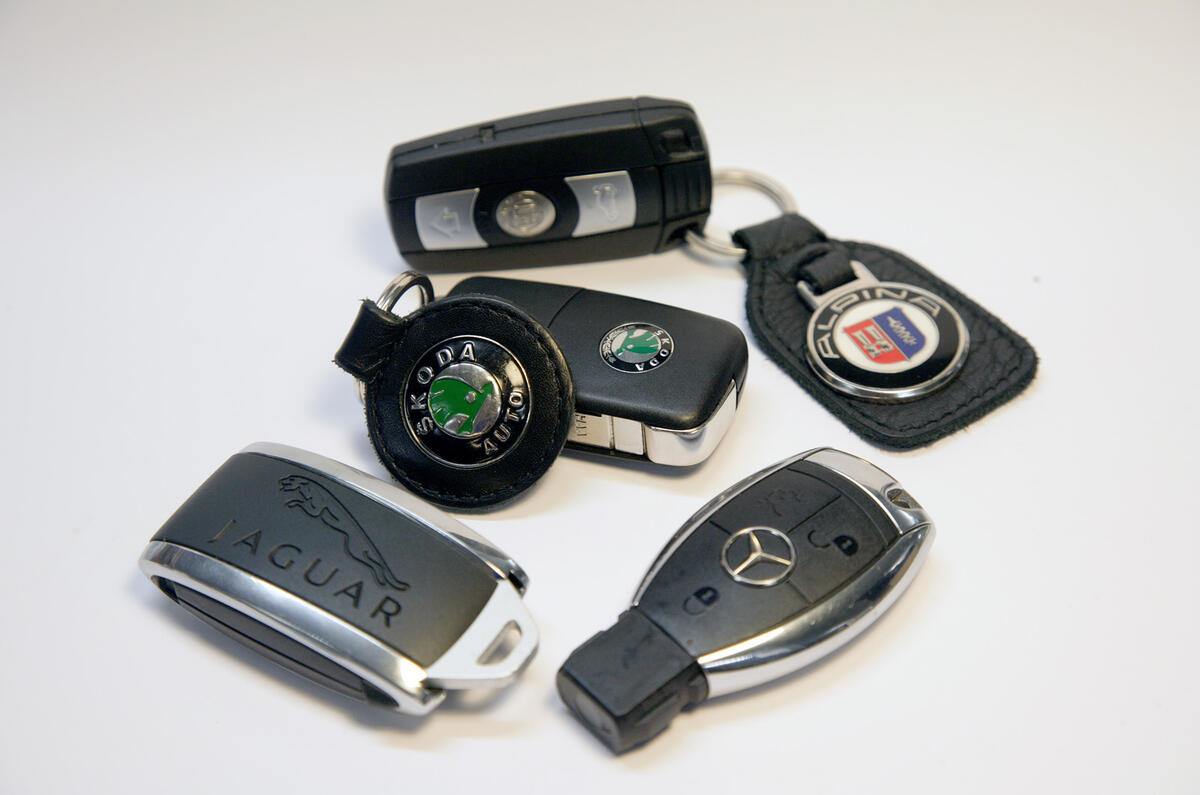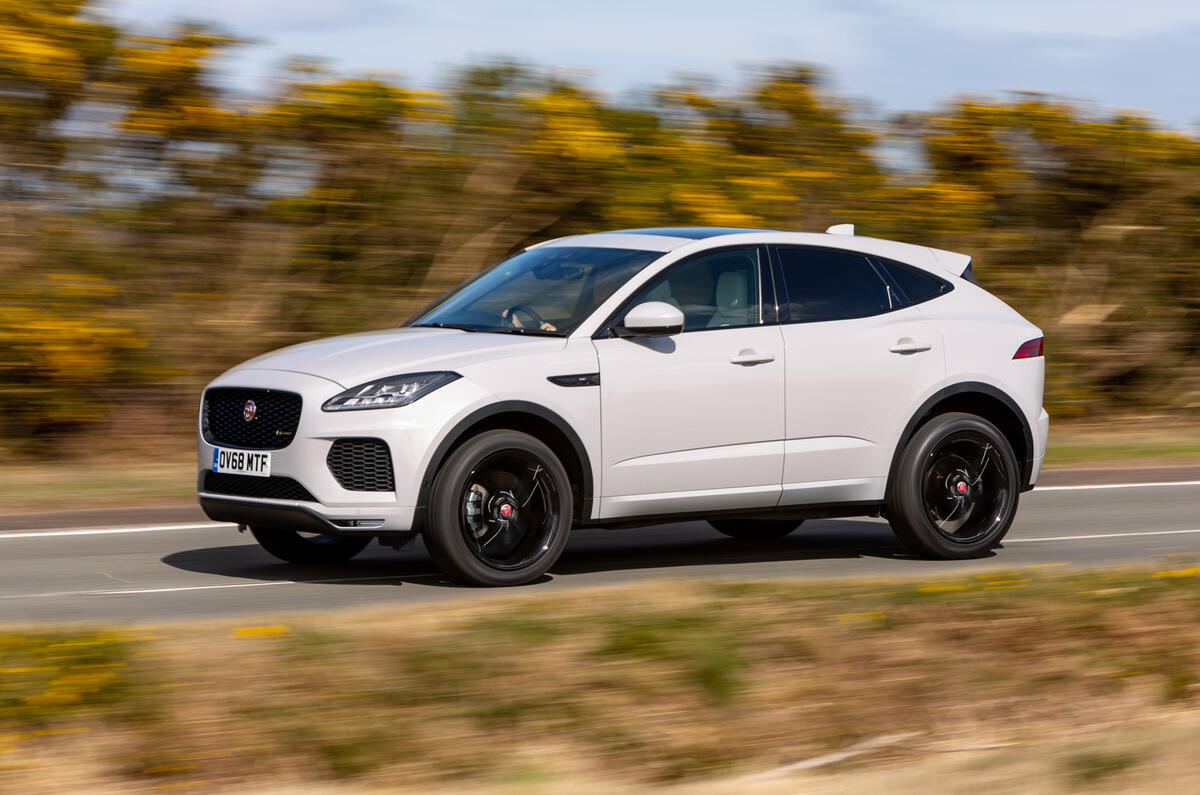It’s come to something when not even Ethan Hunt, fictional hero of movie franchise Mission Impossible, can prevent his BMW X7 from being stolen. That’s what happened one night in August when Tom Cruise’s SUV was pinched from outside the Grand Hotel in central Birmingham, where he had been staying. The car, which was equipped with a tracking device, was recovered three miles away a short time later. CCTV footage showed three people leaving it with a bag containing some of its contents.
The actor was reportedly furious about the incident, and we British motorists should be concerned too. At the time, a relay attack, where the car’s electronic security is fooled into believing the key fob is present, was the favoured explanation. However, weeks later, the police don’t know exactly how it was stolen, only that its electronics were compromised.
The incident appears to show that for all their sophistication, today’s cars are seemingly as easy to steal as their forebears were in the 1990s, when more than 300,000 were pinched each year in England and Wales. In 2020, ‘only’ 89,000 cars were stolen, 24,000 down on 2019 – a fall credited to fewer journeys being undertaken during the lockdowns, as well as to improved vehicle security, heightened public awareness and more effective policing. For example, West Midlands Police says that it has identified and closed down more than 100 chop shops – where stolen cars are broken for parts by organised gangs – in the past 18 months.
That’s the good news, but the bad news is that last year’s figure is still 20,000 higher than that from 2013. Indeed, the National Police Chiefs’ Council (NPCC) recently reported a 3.1% year-on-year rise in vehicle crime between May and June.
It’s a confusing picture, but not as confusing as the methods criminals employ to steal, and steal from, cars. Here, we survey the state of affairs...
Thefts of and from vehicles: the numbers
85% of thefts happen during the night, and 39% happen on the owner’s home street
72% of stolen vehicles are never returned to owner
30% of stolen vehicles are written off
The entry method in 44% of thefts is opening unlocked doors, with 36% being by manipulation of a remote-locking signal
39% of items stolen from vehicles are valuables
37% of stolen vehicles are more than one year old but less than five years old





















Join the debate
Add your comment
With all the tech that's going into Cars these Days, why can't there be Cameras built in so when there's an illegal entry the Cameras are activated?, or are the Car thieves one step ahead?
Normal Baseball cap and Kung Flu face nappy eradicates any CCTV evidence as no ID is possible, unless the thief shows his face, useless.
The inside of our prisons is better than the hotels in the countries that many of these low lifes come from, they're laughing at us.